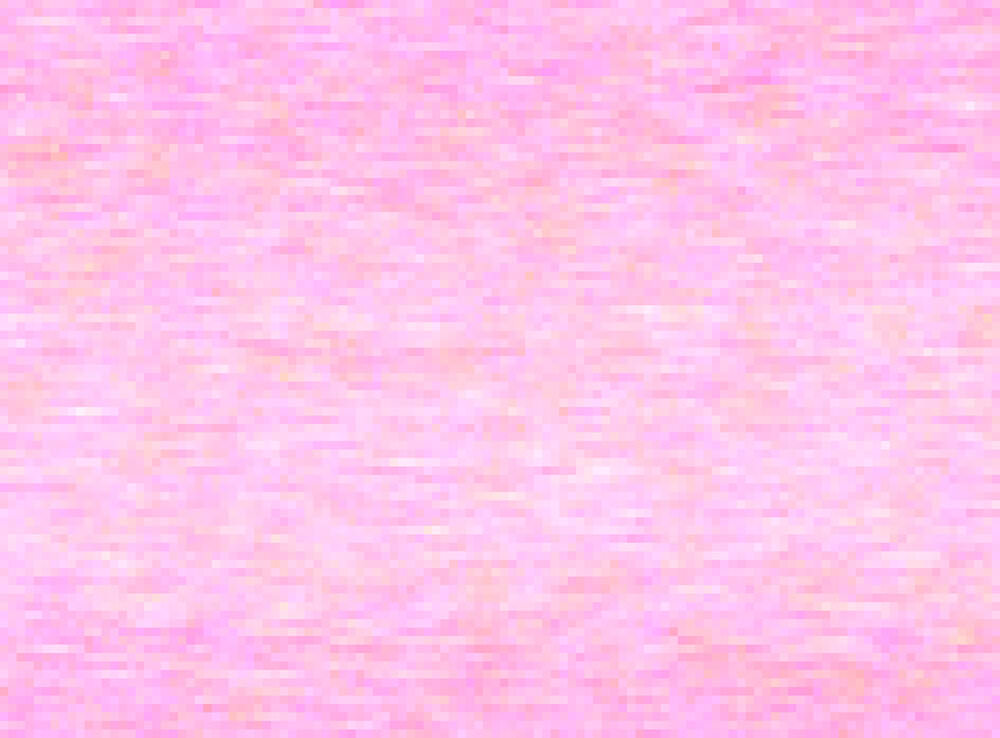As part of the New American Galleries renovation revealed in August 2022, Goodman Gallery has been converted into a dedicated screening room for time-based media, featuring first the video works recently donated to AAM by Francie Bishop Good and David Horvitz. The nine works in this gift are the first examples of video art to enter the Museum’s permanent collection, and range from performance-based videos to animation that explores the process of painting as narrative.
On view through August 17, 2023:
Kanako Sasaki (Japanese, b. 1976 ), Illuminations (186 entries of Anne Frank’s diary in between the formation of terrestrial planets), 2012, video. Gift of Francie Bishop Good and David Horvitz, 2019. (2019.29.6)

Kanako Sasaki’s pixels morph silently, evoking absence and erasure, stimulating memory like an afterimage. To create this video, the artist used numerical data from simulation astronomer Eiichiro Kokubo of the National Astronomical Observatory of Japan. Dr. Kokubo’s calculations imagine the formation of planets some 4.6 million years ago. Sasaki combined this material with digitized texts from Anne Frank’s diary, a record of her experience in hiding during Nazi occupation. Sasaki synchronized these two data pools by matching emotional points in the narrative with moments of planetary birth. In this way, she suggests that, like astronomical bodies whose light reaches us long after they have ceased to exist, human beings, though mortal, also persist.
Previously on view:
In With Open Arms (2009) artist Kate Gilmore (American, b. 1975) beams and flings out her arms as though receiving applause, even though she actually faces a barrage of tomatoes. Gilmore often bases her work on humorous and uncomfortable physical struggles: in other videos she crawls through impossibly narrow spaces or kicks through sheet rock, all while wearing a dress and high heels. By juxtaposing these challenges with feminine attire, Gilmore highlights both the absurdity and harmful impact of gender norms.
For several years artist Rachel Perry saved and transcribed misdirected messages from her answering machine, consistent with her artistic practice of accumulating and preserving the mundane and ephemeral detritus of daily life. In Karaoke Wrong Number (2005-09), the second in a series of videos utilizing this found material, Perry assumes the personality of each caller, taking on the body language and facial expressions she imagines from the snippets of spoken language she’s mistakenly received. While the effects are absurd and hilarious, there may also be empathy in her embodiment of these misguided voices and memorializing of missed connections.
Three short animations by Yui Kugimiya (Japanese, born 1981): Story about a Bird, 2004; The Love Story, 2004; and System of Tears, 2002. Yui Kugimiya digitally records the evolution of her thickly and energetically painted images through stop-motion animation. Animals—most frequently cats and birds—stand in as universal figures, eliminating any cultural or political specificity. With her strange, poignant, and humorous tales of transformation, Kugimiya asks the question, “What if a painting could come to life?”
The work of Teresa Diehl (b. 1961 in Tanurin, Lebanon) is a hallucinatory feast for the senses: smell, texture, sound, touch, visuality itself, are stretched and played before the viewer. The body, too, is experienced in strangely unfamiliar ways to both seduce the viewer into the closeness of the encounter yet cause a concomitant discomfort. AAM screened Diehl’s 3:38-long video Vuela, 2005.
Featured image, above: Installation view of new video screening area, Goodman Gallery

